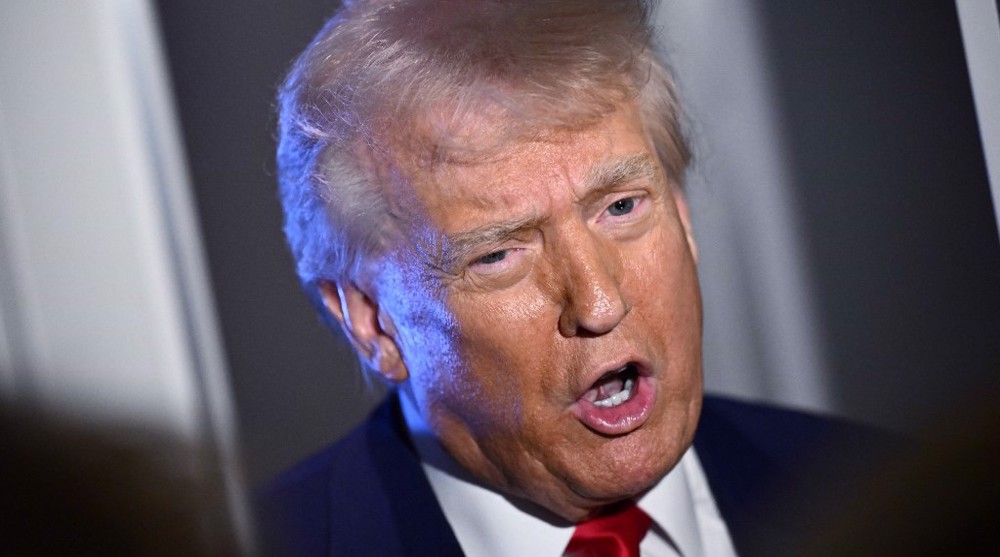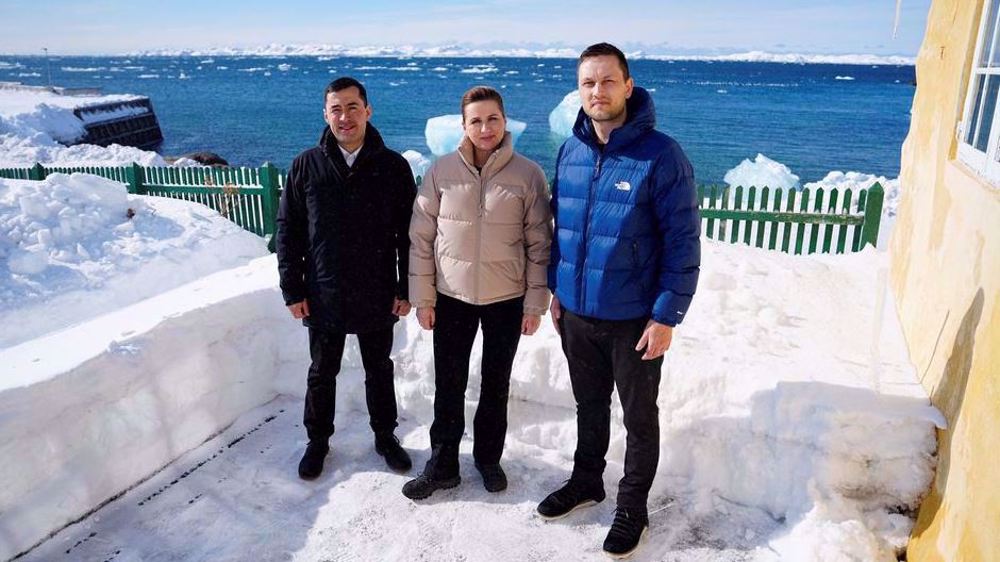US urges Ukraine-Russia restraint over Crimea
The United States has urged Ukraine and Russia to show restraint after Ukrainian President Petro Poroshenko deployed all forces near Crimea apparently in preparation for a confrontation with Moscow.
The US State Department said on Thursday that “Crimea is part of Ukraine,” after Poroshenko ordered all Ukrainian army units near Crimea and in the eastern Donbass region to stand at the highest level of combat readiness.
"We are extremely concerned about the increased tension near the administrative boundary between Crimea and Ukraine," Elizabeth Trudeau, a State Department spokeswoman, said on Thursday.
"Our position, as I said yesterday, is well known: Crimea is part of Ukraine and is recognized as such by the international community," she said.
"We call for the avoidance of any actions that would escalate the situation," Trudeau added. "Take a step back."
"We continue to remain in close touch with international partners on this. But we believe now it's the time to reduce the tensions, to reduce the rhetoric and get back to talks."
Crimea declared independence from Ukraine on March 17, 2014, and formally applied to become part of Russia following a referendum in which 96.8 percent of participants voted in favor of the secession. The voter turnout in the referendum stood at 83.1 percent.
Since then, the US and some other Western countries have imposed several rounds of sanctions against Russia over accusations that Moscow has been involved in a deadly crisis in Ukraine, which broke out when Kiev launched military operations to crack down on pro-Russia forces in eastern Ukraine last year. Russia has denied the allegation.
The violence intensified in April 2014, after Kiev deployed troops to the eastern Ukrainian regions of Luhansk and Donetsk to suppress pro-Russians.
The Minsk II truce deal, reached at a summit between the warring sides which was also attended by the leaders of Russia, Ukraine, France, and Germany in the Belarusian capital city of Minsk on February 11 and 12 last year, introduced measures such as a ceasefire, the pullout of heavy weapons, and constitutional reforms in Ukraine by the end of the year.
The shaky deal has, however, failed to end the deadly violence in the mainly Russian-speaking regions of eastern Ukraine, with both sides trading accusations of breaching a ceasefire agreement which officially went into effect on February 15.
More than 9,000 people have been killed in the conflict.

Negative impact of Trump tariffs on UK economy

Denmark's PM visits Greenland after Trump threat to seize it

Trump tariffs spark global condemnation as markets crash
VIDEO | Children of a lesser god
Israel surpasses Daesh, all forms of terrorism while committing crimes in Gaza: Euro-Med
Iran slams West for exploiting UN Rights Council for political pressure
Yemen’s army thwarts two US attacks: Spokesman
Iran hails Kyrgyzstan-Tajikistan-Uzbekistan border deal
French police bludgeon students protesting budget cuts in Paris
Envoy rejects UN body’s ‘false picture’ of rights situation in Iran
Negative impact of Trump tariffs on UK economy







 This makes it easy to access the Press TV website
This makes it easy to access the Press TV website